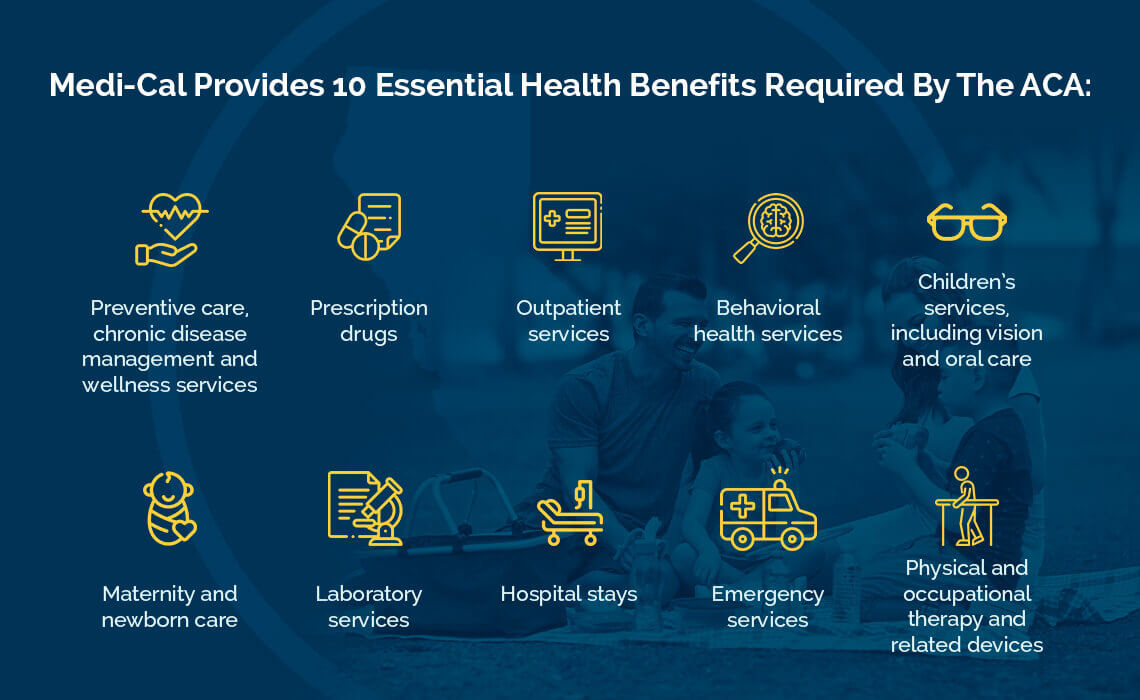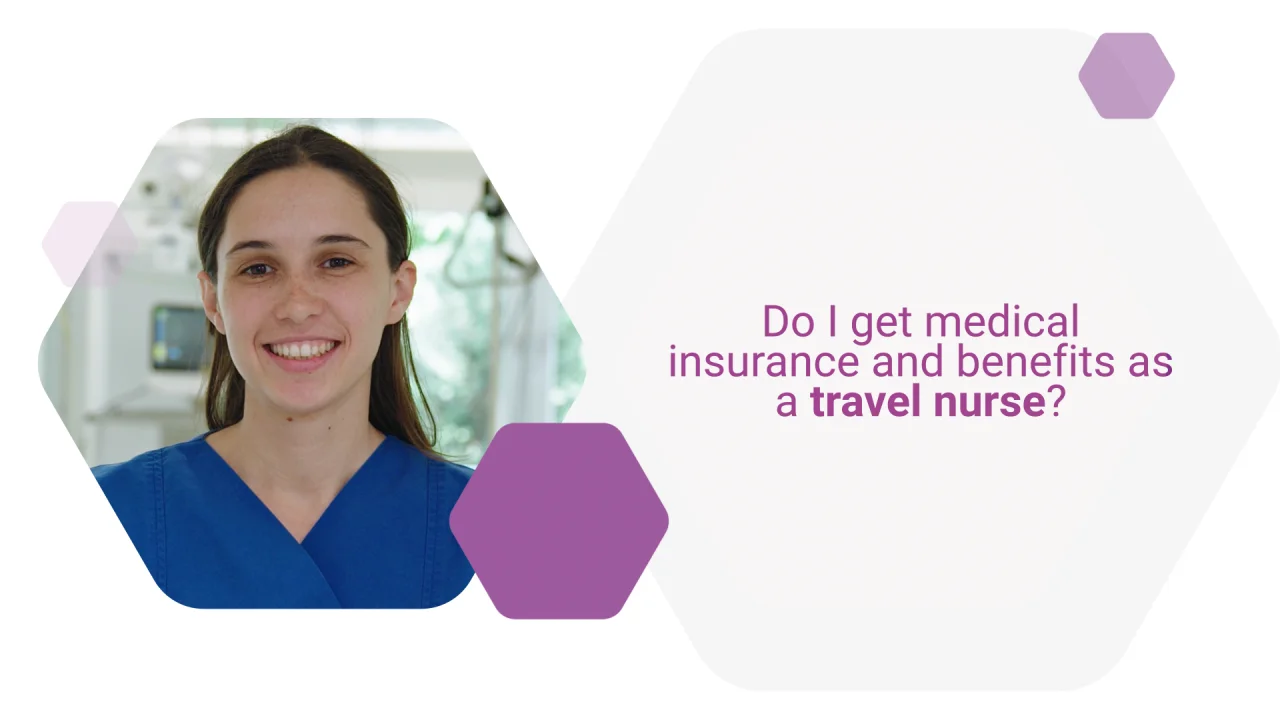How Medicare Advantage Agent can Save You Time, Stress, and Money.
How Medicare Advantage Agent can Save You Time, Stress, and Money.
Blog Article
Medicare Advantage Agent Fundamentals Explained
Table of ContentsMedicare Advantage Agent Can Be Fun For AnyoneMedicare Advantage Agent for BeginnersThe Facts About Medicare Advantage Agent Uncovered

follows from complies with the perplexing young reasonably profile of account uninsured with the better health, on average, standard younger personsMore youthful For those without access to workplace health insurance, poor health is a potential barrier to purchasing nongroup coverage because such coverage might be highly valued, leave out pre-existing problems, or be merely unavailable. Unless or else noted, nationwide price quotes of individuals without health insurance and percentages of the population with different kinds of protection are based on the CPS, the most commonly made use of source of quotes of insurance coverage and uninsurance prices.

Medicare Advantage Agent - An Overview
Over a three-year period starting early in 1993, 72 million individuals, 29 percent of the united state populace, lacked insurance coverage for at the very least one month. Within a single year(1994), 53 million people experienced at the very least a month without coverage(Bennefield, 1998a). Six out of every 10 without insurance adults are themselves used. Working does boost the probability that one and one's family members will have insurance, it is not a guarantee. Even participants of households with 2 full time wage earners have practically a one-in-ten opportunity of being uninsured (9.1 percent without insurance rate)(Hoffman and Pohl, 2000 ). The relationship in between medical insurance and accessibility to care is well established, as recorded later on in this phase. Although the connection in between medical insurance and health outcomes is neither straight nor easy, an extensive medical and health and wellness services research literature links health insurance policy coverage
to better accessibility to care, far better quality, and enhanced individual and population health standing. For example, the 2nd report, on individual wellness outcomes for without insurance adults, is represented by the inner circle of the figure, while the third record, on family members health, incorporates the subjects of the 2nd record yet stresses a various system of analysis, namely, the family. The sixth report in the collection will provide info regarding techniques and campaigns carried out in your area, statewide, or nationally to attend to the lack of insurance coverage and its adverse influences. Levels of analysis for checking out the effects of uninsurance. This conversation of medical insurance coverage concentrates largely on the united state populace under age 65 since basically all Americans 65 and older have Medicare or other public coverage.
Moreover, it focuses especially on those with no wellness insurance for any type of size of time. The problems faced by the underinsured are in some respects comparable to those faced by the uninsured, although they are normally much less severe. Uninsurance and underinsurance, nevertheless, involve definitely different plan issues, and the techniques for resolving them might differ. Throughout this study and the 5 records to follow, the primary focus gets on persons with no medical insurance and therefore no support in spending for health and wellness care past what is available through charity and safeguard establishments. Health and wellness insurance is an effective aspect affecting receipt of care because both people and doctors react to the out-of-pocket rate of services. Medical insurance, nonetheless, is neither necessary nor adequate to access to clinical services. Nevertheless, the independent and straight result of health
insurance policy coverage on accessibility to health solutions is well established. Others will obtain the healthcare they need also without medical insurance, by spending for it out of pocket or seeking it from providers who provide care totally free or at very subsidized rates. For still others, health insurance alone does not guarantee invoice of care due to other nonfinancial obstacles, such as an absence of healthcare service providers in their area, restricted accessibility to transportation, illiteracy, or linguistic and cultural distinctions. Formal study concerning without insurance populations in the USA dates to the late 1920s and very early 1930s when the Board on the Cost of Medical Care produced a collection of records concerning funding physician office visits and hospital stays. This issue became salient as the numbers of medically indigent climbed up during the Great Anxiety. Empirical research studies consistently sustain the link between accessibility to care and boosted health end results(Bindman et al., 1995; Starfield, 1995 ). Having a normal resource of treatment can be considered a forecaster of accessibility, instead of a straight procedure of it, when health and wellness results are themselves utilized as gain access to signs. This extension of the idea of accessibility dimension was made by the IOM Committee on Keeping Track Of Accessibility to Personal Healthcare Services(Millman, 1993, p. Whether moms and dads are insured appears to influence whether or not their kids obtain care along with how much careeven if the youngsters themselves have coverage(Hanson, 1998). The wellness of moms and dads can influence their ability to care for their children and the level of household anxiety. Stressing over their kids's access to care is itself a resource of stress for parents. Three phases adhere to in this report. Chapter 2 supplies an introduction of just how employment-based medical insurance, public programs and specific insurance plan operate and interact to supply substantial but incomplete protection of the united state population. This consists view publisher site of a review of historical patterns and public laws affecting both public and exclusive insurance, a conversation of the communications visit this website among the various kinds of insurance policy, and an examination of why individuals relocate from one program to an additional or end up

Report this page